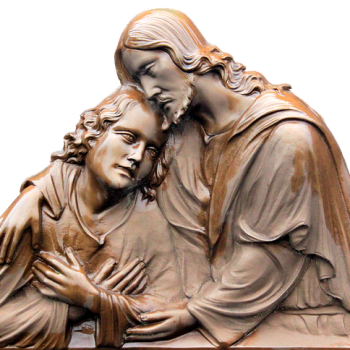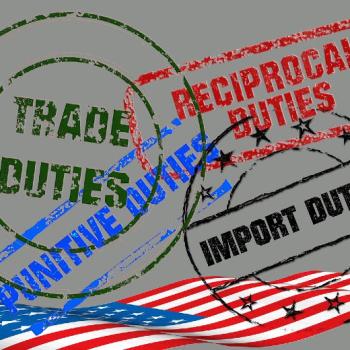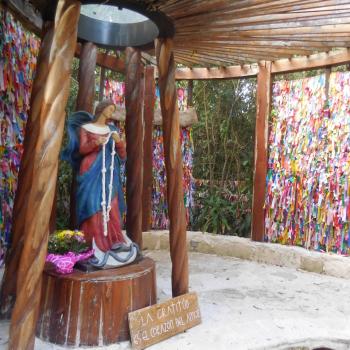 By James K. Wellman, Jr.
By James K. Wellman, Jr.
One of the major problems in studying American Protestantism over the last century is the question of who is the Mainline Protestant Church? Early in the 20th century, the power of the Protestant Establishment was unparalleled and taken for granted. Protestants (that is, Presbyterians, Congregationalists, Methodists, Episcopalians, Lutherans, and American Baptists, to name the central players) dominated American church life. They were major economic players, and politically, they filled the Supreme Court, the House, the Senate, and the Presidency. Reinhold Niebuhr and Paul Tillich, mid-century Protestant theologians, appeared on the cover of Time magazine; Niebuhr informed American foreign policy, and Tillich helped to give birth to the personalist gospel of the mid-century.
No one could have predicted how things would change over the next fifty years. In 1960, John F. Kennedy, a practicing Catholic, would be elected President. In 2010, the Supreme Court would have no Protestant members. A culture of delayed gratification would turn to reality television for entertainment and norms. Most importantly, for this short piece, the Protestant mainline would lose 40 percent of its membership and, by 2010, would make up only 16 percent of the U.S. population. As a result of these major shifts, the question that comes to the fore is, "Who is the real religious American Mainline Protestant church?"
If we look only at numbers, Evangelical Protestants (broadly understood) make up 25 percent of the U.S. population -- nearly the same numbers as U.S. Roman Catholics. Interestingly enough, seven of the Supreme Court Justices are now Roman Catholic. So, who is the mainline? Evangelicals, if nothing else, are enormously ambitious to stamp the country with their brand of religion. History tells us that they have the momentum. But we also know that dominance creates bureaucracy, and bureaucracies tend to grow stale over time. What Evangelicals have on their side is a fragmented institutional core; they are a conglomeration of tribes or, more technically, subcultures, usually led by entrepreneurial leaders, many of whom set up their own networks and forms of educating their own leaders. In this sense, the dynamism of Evangelicals to attract talented and aggressive leaders more than overwhelms the ability of the "old" mainline to react and respond to the ever-changing American culture.
So, what might the future look like, if we were foolish enough to forecast it?
1) The ‘former' Protestant mainline churches show no signs of stopping their decline. The emphasis on an educated clergy has created an elaborate system of bureaucracy that tends to repel entrepreneurial personalities and attract introspective intellectual types that are more comfortable in the classroom than in the pulpit. Moreover, the growing movement to ordain gay and lesbian men and women, while noble from a liberal and progressive perspective, tends to shift the focus of attention away from family ministries. Without an emphasis on families, churches tend to decline rapidly. Liberal Protestantism, statistically, does not keep their children and youth in their churches. The aging of these churches is also well known.
These churches focus most of their energies on ministries of social justice, particularly on meeting the needs of the homeless. This group tends to advocate inclusiveness and tolerance, making clear what they reject, but they are often unclear as to what they support religiously. As a small subculture, they will continue, but no longer, in any sense, as a mainline. Ironically enough, in some ways, their marginalization is a function of their success in ministries of justice. Most of their causes are already a part of the American mainstream, for example: women's rights, abortion rights, and even, to some extent, gay rights. Many Americans ask, then, why even go to these churches?
2) The future for Evangelicals appears to be more open and perhaps expansive. Evangelicals, again broadly speaking, tend to see the Bible as inerrant; they counsel conversion and look to Jesus' blood atonement as the requirement for salvation. They also tend, stylistically, to be much more deliberate in using modern and contemporary methods of music, worship, and, more broadly, communication. Some have argued that they are accommodated to the culture, but when interviewed, Evangelicals argue, "No, we use modern methods to reach out to those who are lost in order to share the love and salvation of Jesus Christ." That is, Evangelicals argue that they are "less" accommodated then what they call "liberal or progressive Christians."




